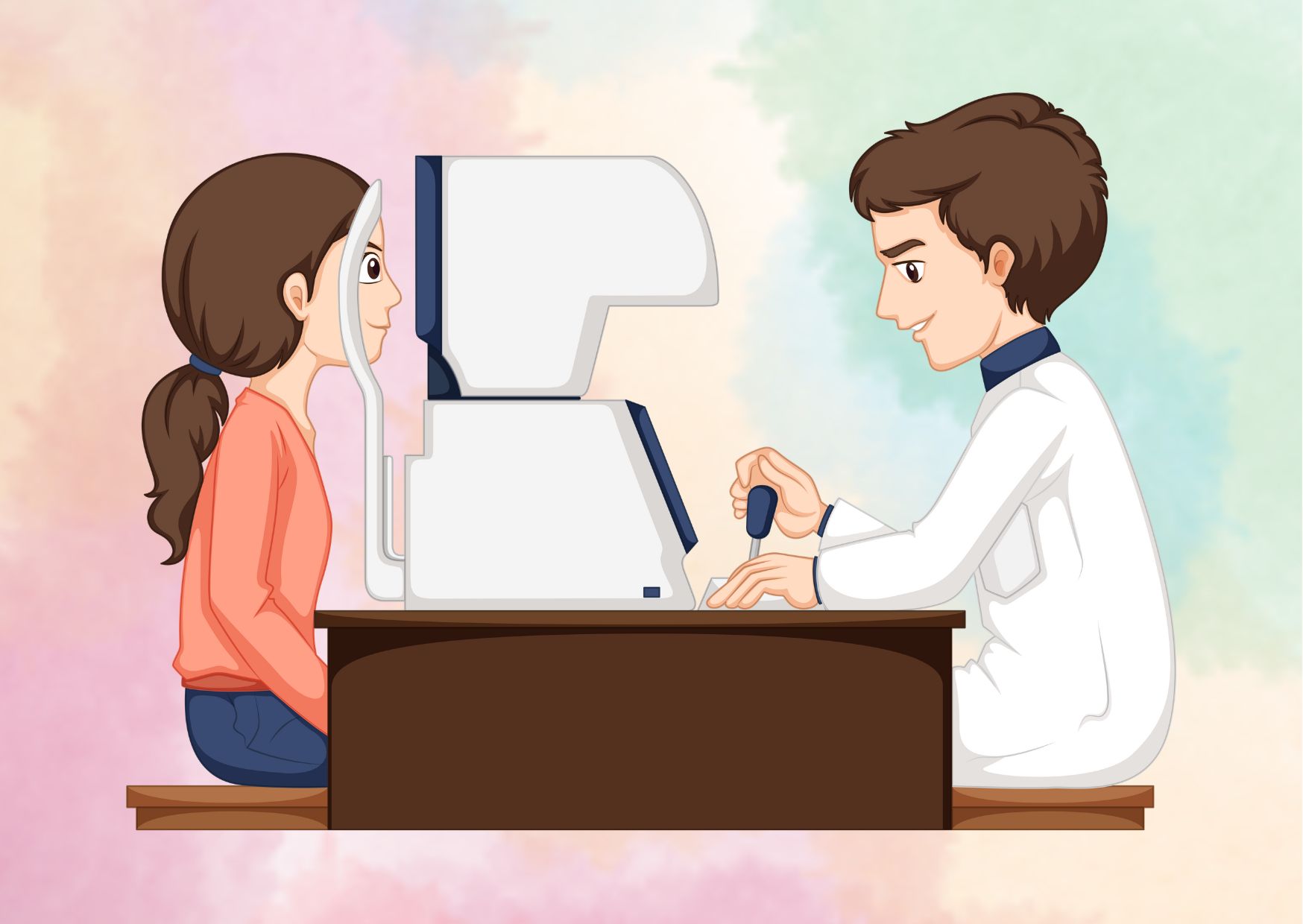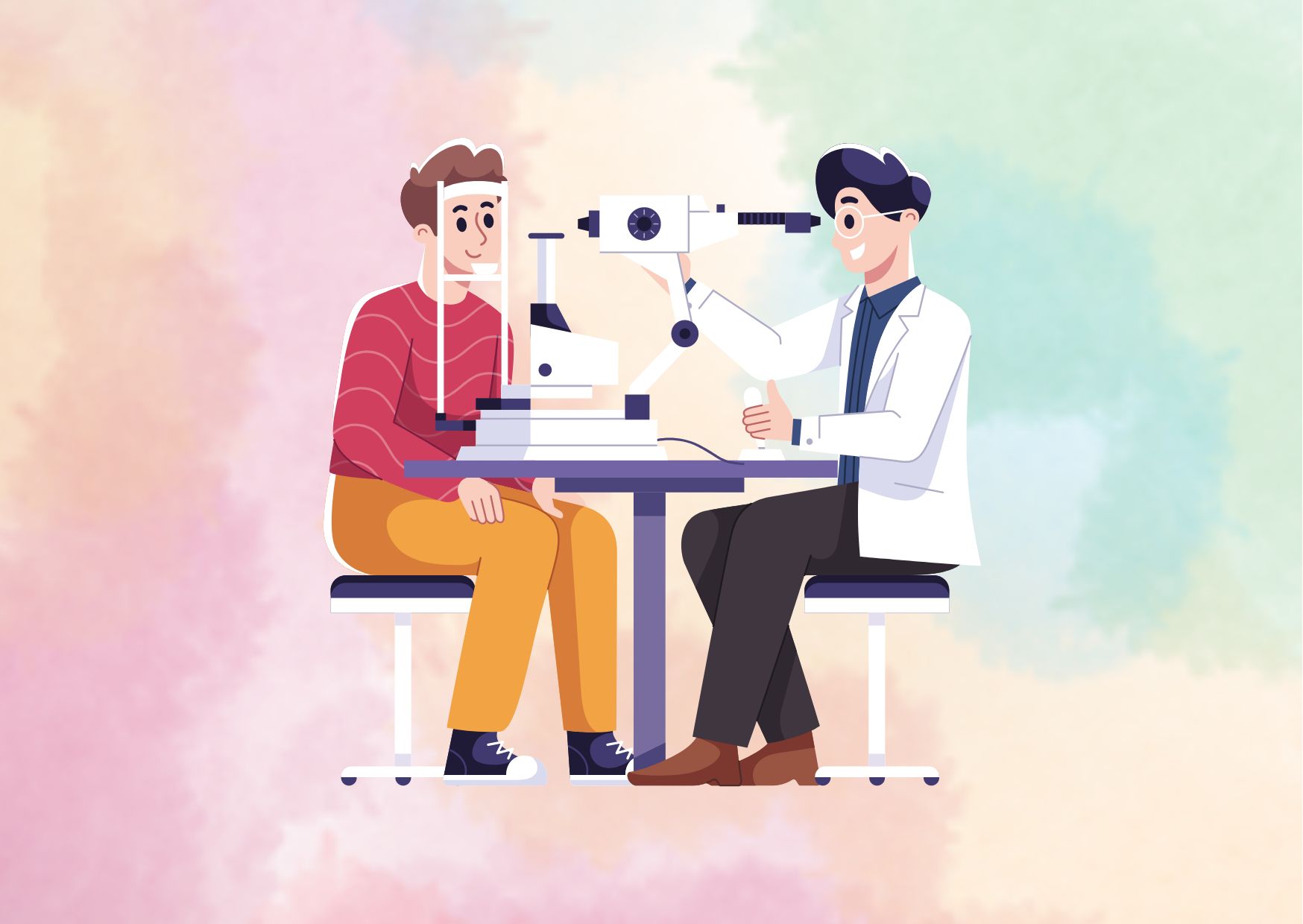Assess Your AMD Risk (Age-Related Macular Degeneration)
Age-related macular degeneration (AMD) is a leading cause of vision loss in older adults worldwide. This eye condition affects the macula, the central part of the retina responsible for sharp, detailed vision. As the population ages, understanding AMD and its risk factors has become increasingly important for maintaining eye health and quality of life in later years.
Assessing one’s risk for AMD involves considering various factors, including age, genetics, lifestyle choices, and overall health. This article explores the key aspects of AMD, including its types (dry AMD and wet AMD), common symptoms, and risk factors. It also provides guidance on evaluating personal risk and steps individuals can take to reduce their chances of developing this sight-threatening condition. By gaining knowledge about AMD, readers can make informed decisions about their eye health and take proactive measures to protect their vision.
Understanding Age-Related Macular Degeneration (AMD)
What is AMD?
Age-related macular degeneration (AMD) is an eye condition that affects the central part of the retina called the macula. The macula is responsible for sharp, detailed vision, which is crucial for activities like reading, driving, and recognizing faces. AMD is a leading cause of vision loss among older adults, typically affecting people over the age of 50.
In AMD, the macula experiences damage, leading to a gradual or sudden loss of central vision. However, it’s important to note that AMD does not cause complete blindness, as peripheral vision remains intact. The condition can significantly impact a person’s quality of life, making everyday tasks more challenging.
Types of AMD
There are two main types of age-related macular degeneration: dry AMD and wet AMD.
Dry AMD, also known as nonexudative age-related macular degeneration, is the most common form, accounting for about 80-90% of all cases. It develops when tiny yellow protein deposits called drusen form under the macula. As drusen accumulate, they can cause the macula to thin and dry out, leading to a gradual loss of central vision.
Wet AMD, also referred to as exudative or neovascular AMD, is less common but more severe. It occurs when abnormal blood vessels grow beneath the retina and leak fluid or blood. This leakage can cause rapid and severe vision loss if left untreated. Although wet AMD accounts for only 10-15% of all cases, it has a more significant impact on vision.
Stages of AMD
AMD progresses through different stages, each with varying degrees of severity and impact on vision:
- Early AMD: In this stage, medium-sized drusen are present, but there may be no noticeable vision changes. Regular eye exams are crucial for early detection.
- Intermediate AMD: Larger drusen and/or pigment changes in the retina characterize this stage. Some people may experience mild vision problems, such as difficulty seeing in low light conditions.
- Late or Advanced AMD: This stage can manifest as either advanced dry AMD (geographic atrophy) or wet AMD. Geographic atrophy occurs when large areas of the retina lose pigment and photoreceptors die, resulting in patches of vision loss. Wet AMD, as mentioned earlier, involves the growth of abnormal blood vessels and can cause more rapid vision deterioration.
Understanding the types and stages of age-related macular degeneration has an influence on treatment options and management strategies. Early detection and regular monitoring are essential for preserving vision and maintaining quality of life for those affected by this condition.
AMD Risk Key Factors
Understanding the risk factors for age-related macular degeneration (AMD) has an influence on prevention strategies and early detection efforts. Several elements contribute to an individual’s likelihood of developing this condition.
Age and genetics
Age stands out as the most significant risk factor for AMD. The prevalence of early AMD increases from 3.5% in people aged 55-59 years to 17.6% in those 85 years and older. For late AMD, these rates rise from 0.1% to 9.8%, respectively. As people get older, their retinas undergo structural and functional changes that make them more susceptible to AMD.

